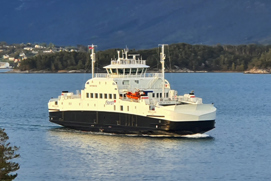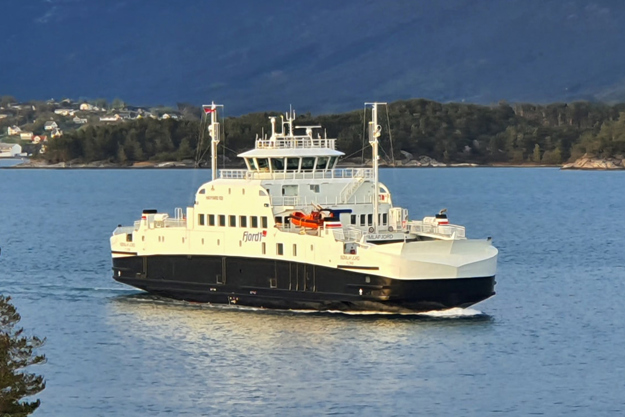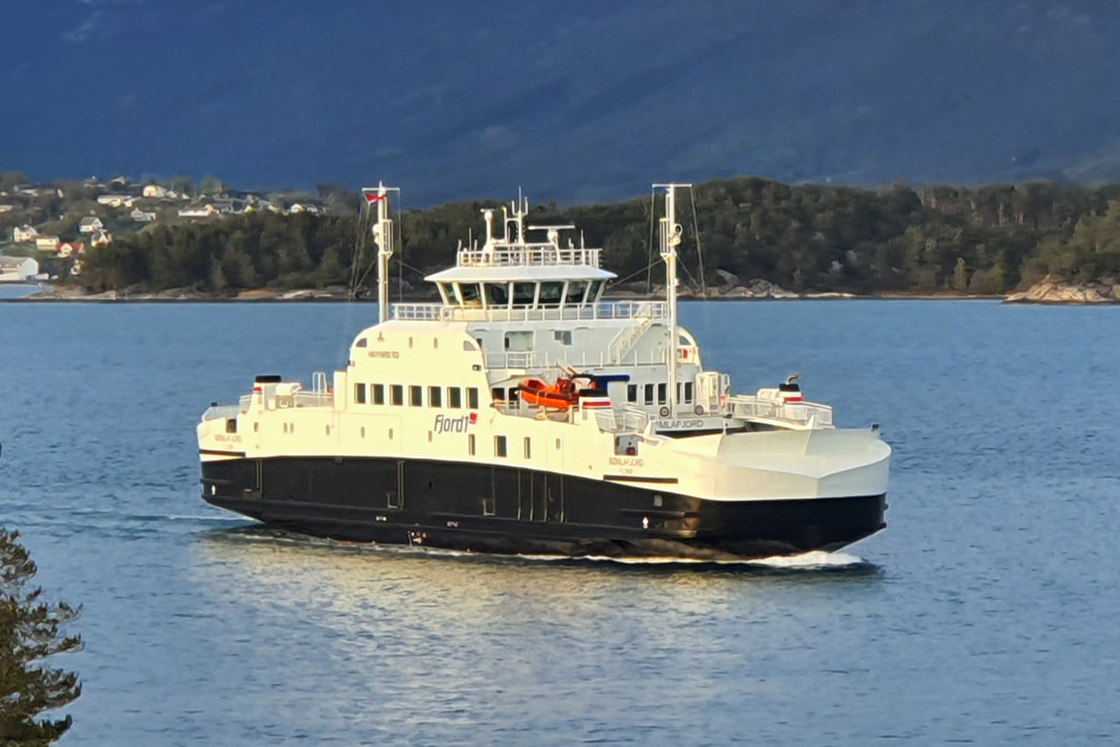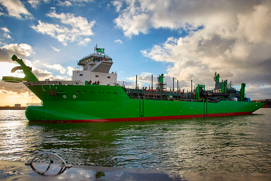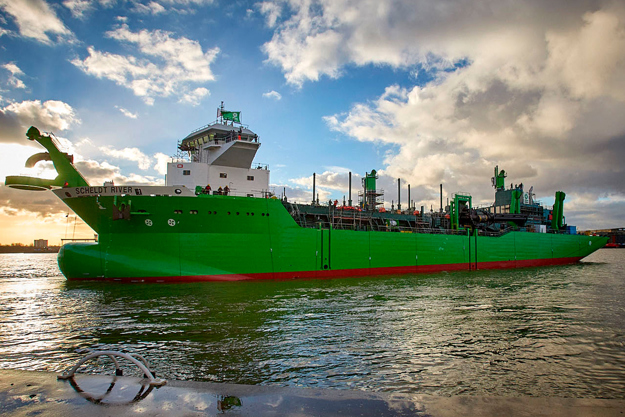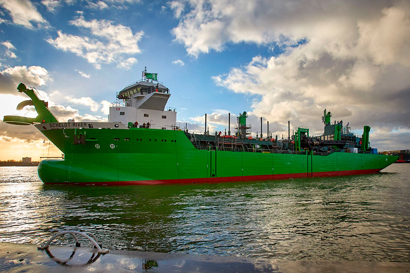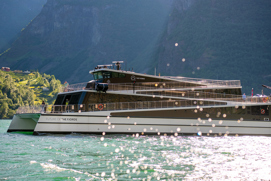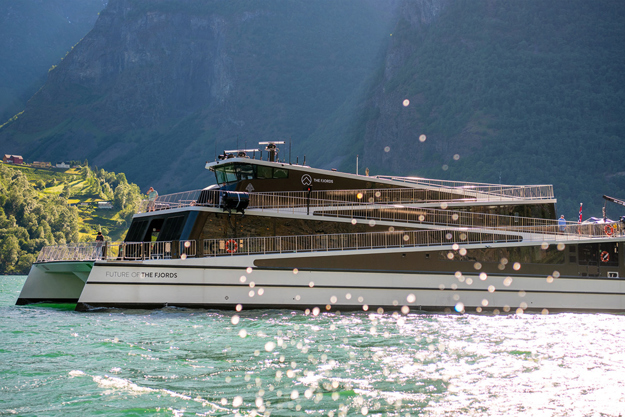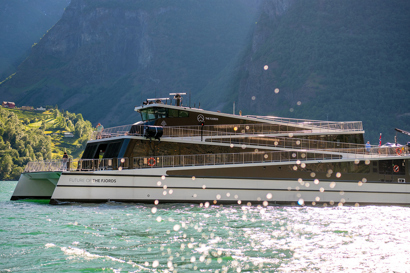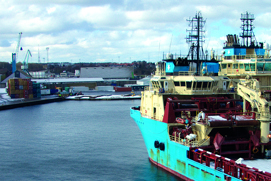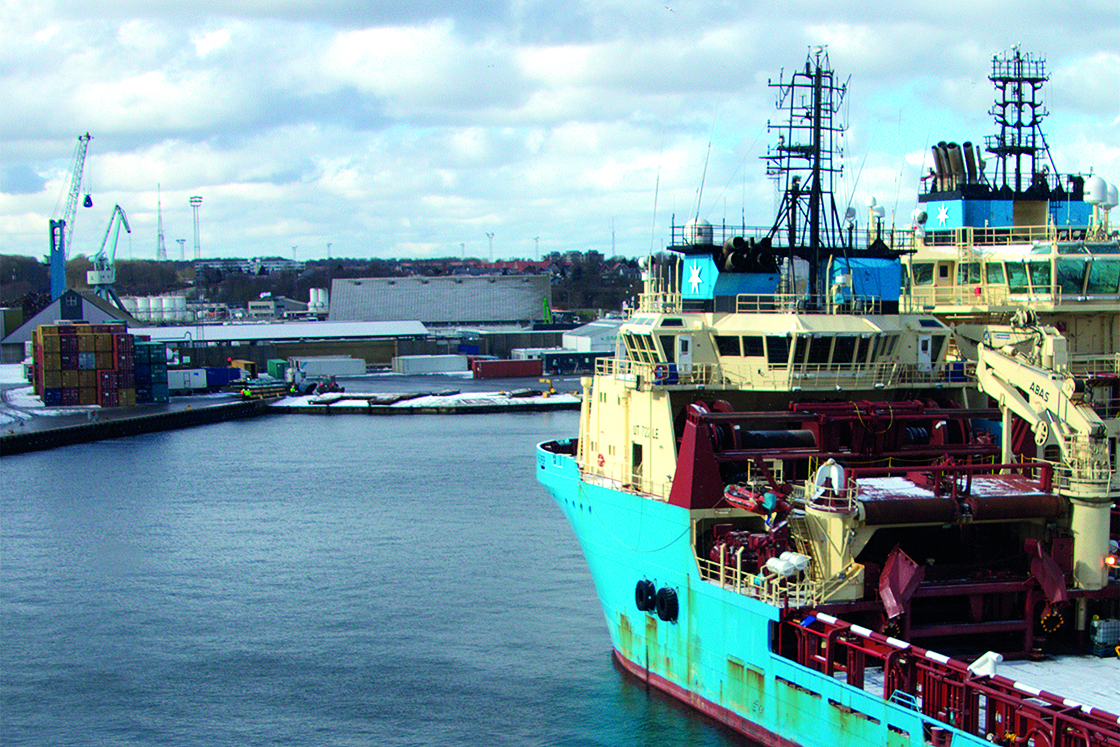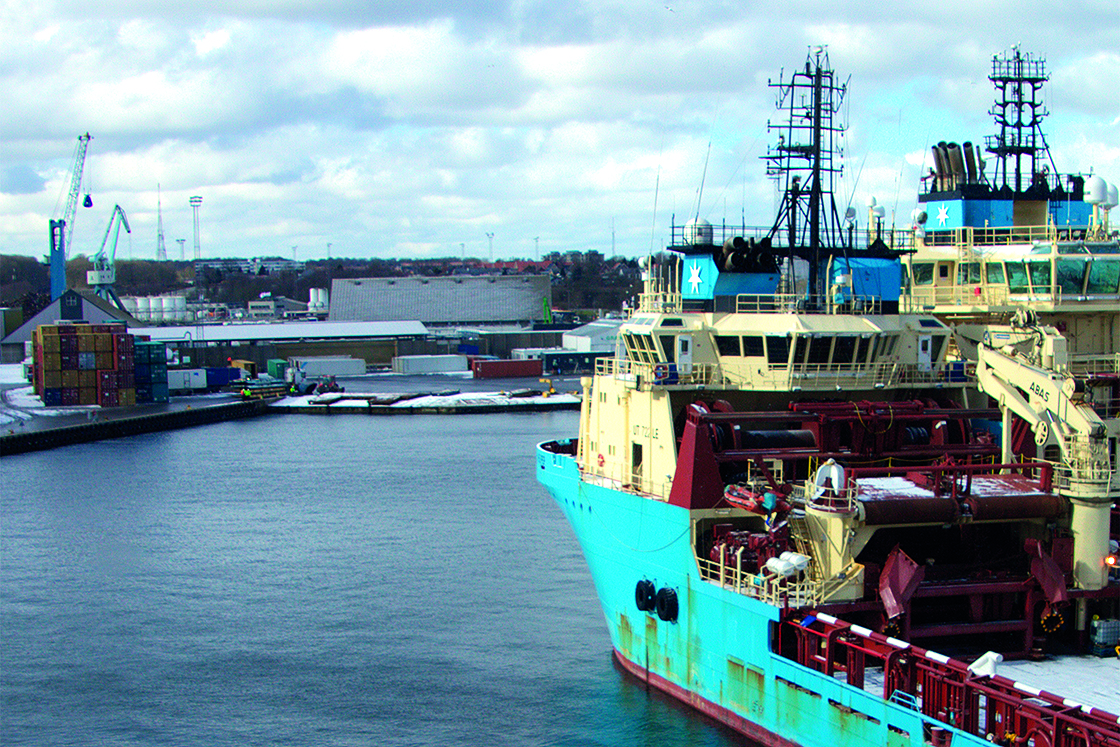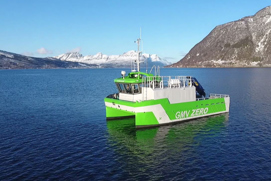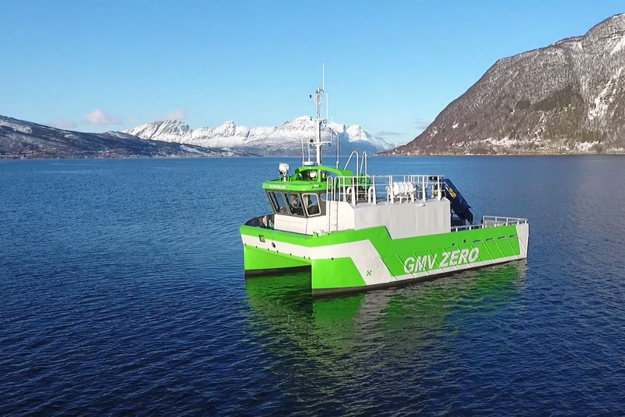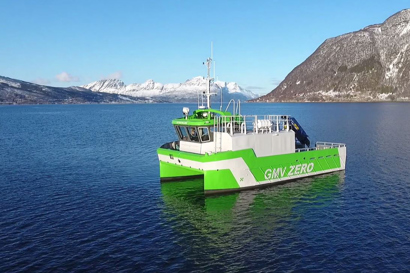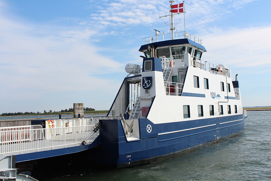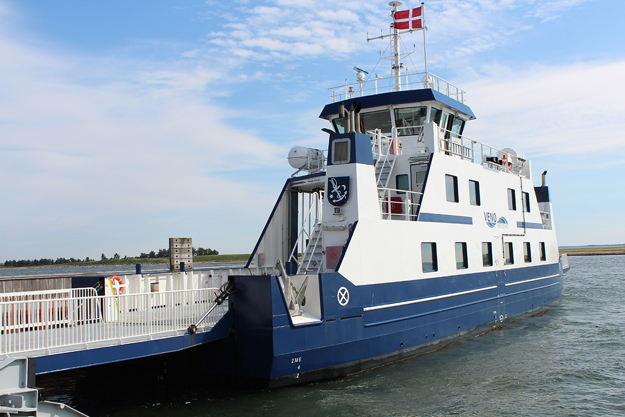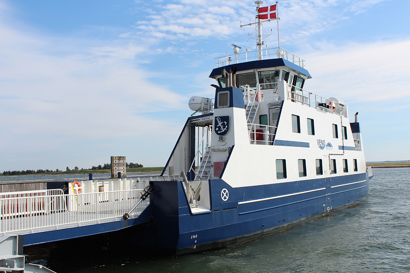CMAL ferries use 38% less fuel than conventional vessels and emissions are reduced by a similar amount.
As part of its commitment to supporting Scotland’s target of achieving a reduction in environmentally damaging emissions by 2020, Caledonian Maritime Assets Limited (CMAL) has developed a groundbreaking diesel-electric hybrid propulsion system for its newest roll-on/roll-off (RORO) ferries.
Equipped with AC drives from Danfoss, this system is achieving fuel savings of up to 38% with a commensurate reduction in emissions.
All power conversion installations
-
if (isSmallPicture) {


 Where smart ferry charging begins with a smart grid
Where smart ferry charging begins with a smart gridNORWAY: The Hareid-Sulesund ferry operations have reduced CO2 emissions by 7000 tonnes annually with the introduction of electric vessels. In transitioning ferries from diesel to pure electric power, powerful onshore support is essential, in the form of reliable infrastructure for rapid charging capacity and stable grid supply. The systems on board and on shore act as a single system – a sophisticated and competitive system developed by Norwegian Electric Systems (NES) using Danfoss technology.
-
if (isSmallPicture) {


 Royal IHC Scheldt River pioneers new environmental standards in dredging with flexible MV drives
Royal IHC Scheldt River pioneers new environmental standards in dredging with flexible MV drivesSee how Danfoss was able to provide a drive solution that could boost an inboard dredge pump and increase energy efficiency with a small footprint, minimum weight, and low volume - while being robust enough to withstand the harsh marine environment, with modular Medium Voltage Drives.
-
if (isSmallPicture) {


 Future of the Fjords meets 2026 emission targets, today
Future of the Fjords meets 2026 emission targets, todayThis world-first fully-electric carbon fiber vessel safeguards the pristine Norwegian fjord environment, ensuring zero emissions.
-
if (isSmallPicture) {


 Shore power supply is a cost-effective solution for Maersk Supply Service’s parked vessels
Shore power supply is a cost-effective solution for Maersk Supply Service’s parked vesselsThanks to shore power supply during parking, Maersk Supply Service can keep diesel exhaust pollution, noise nuisance and maintenance costs to a minimum.
-
if (isSmallPicture) {


 Goodbye to NOx gases
Goodbye to NOx gasesGrovfjord Mekaniske Verksted, Norway, has designed one of the world’s first fully electric workboats. No engine noise, no diesel fumes, zero emissions. It’s electrification at sea. And drives from Danfoss have helped make it happen.
-
if (isSmallPicture) {


 Battery retrofit saves fuel and improves air quality
Battery retrofit saves fuel and improves air qualityDenmark’s shortest ferry route is now a pioneer of battery power.

